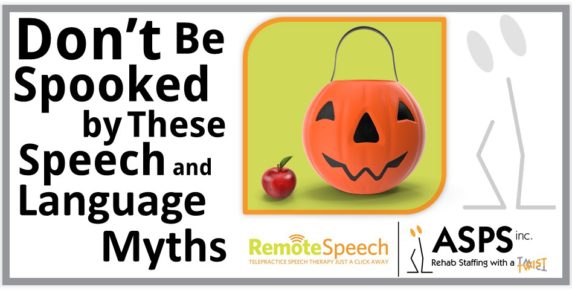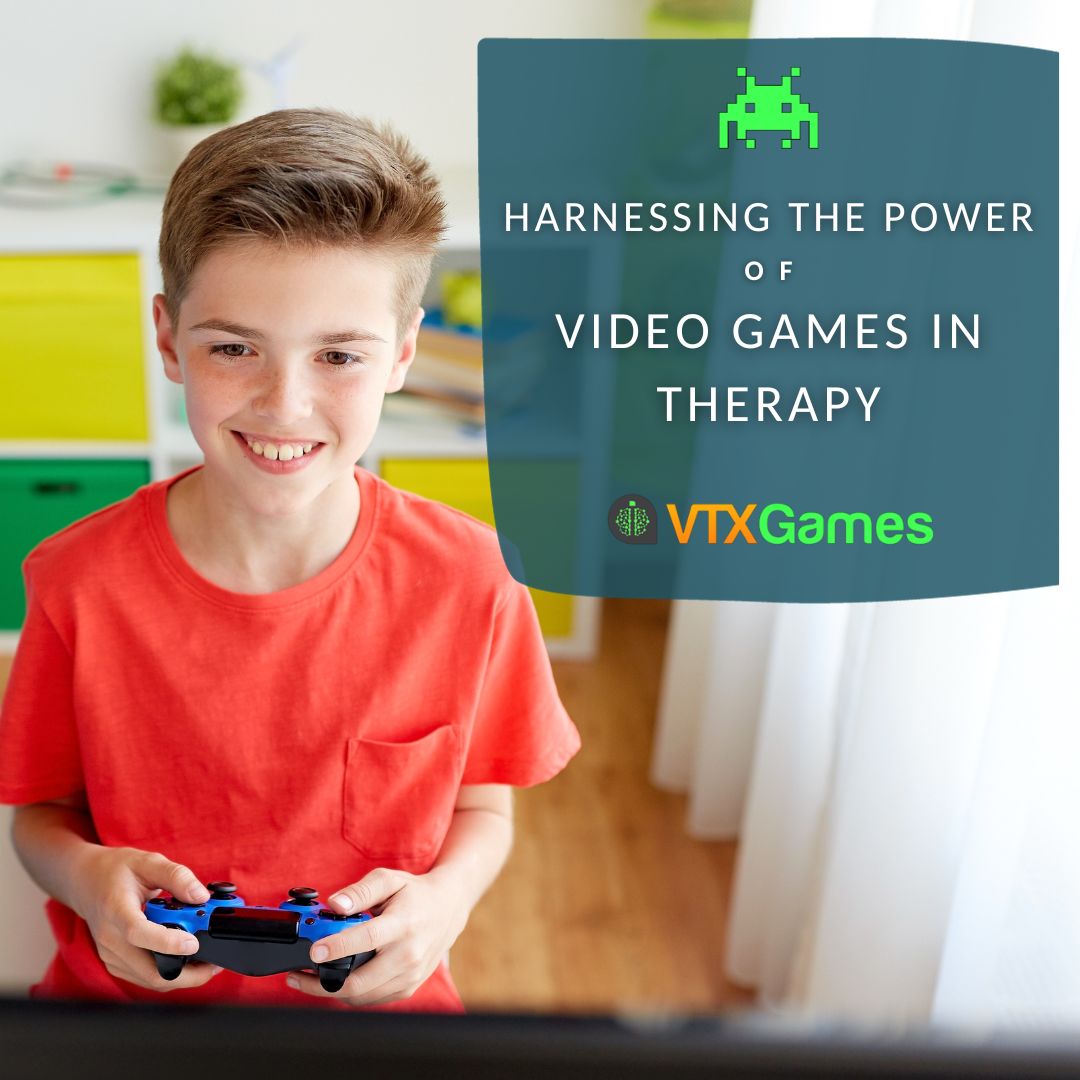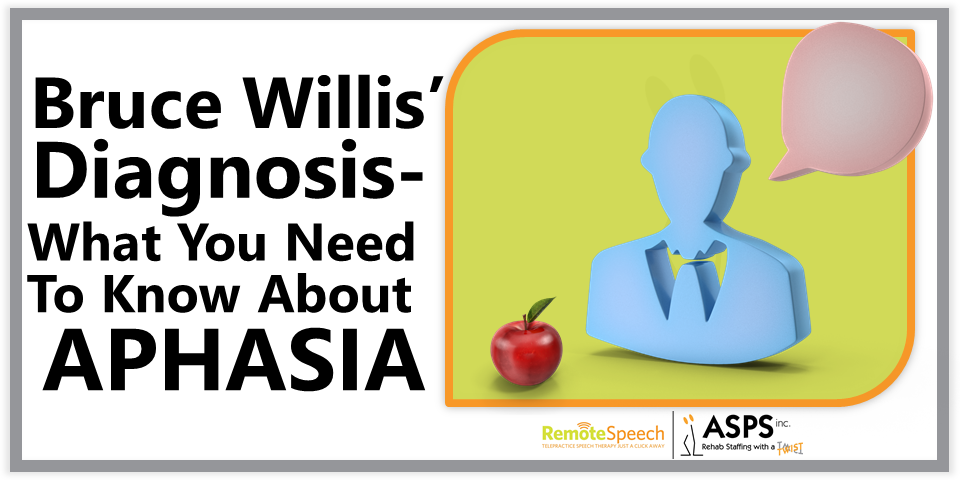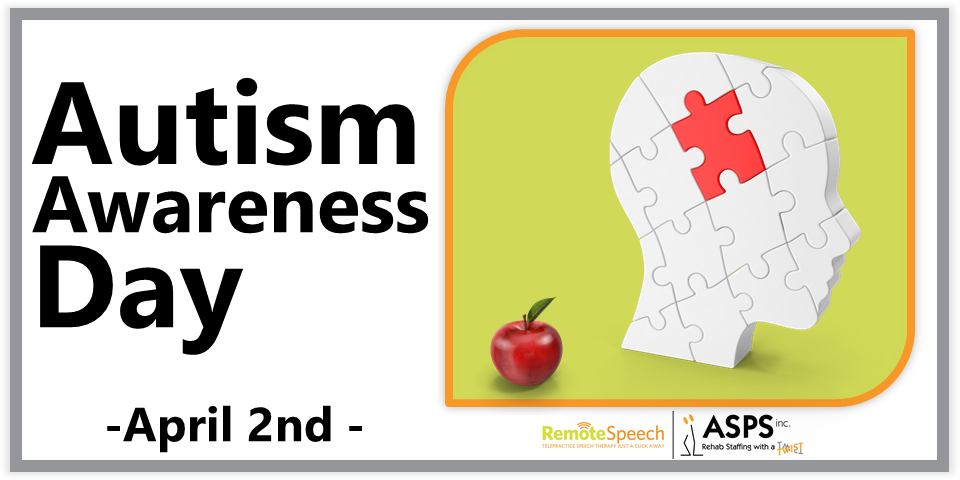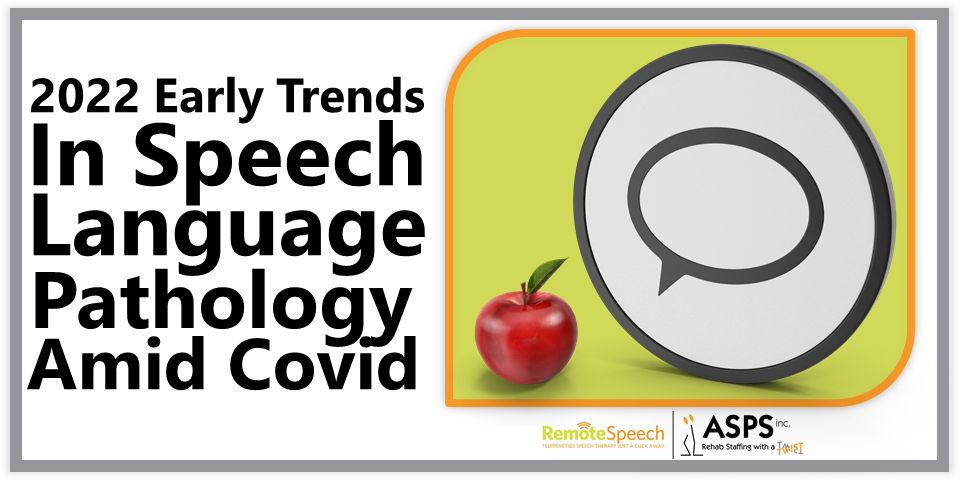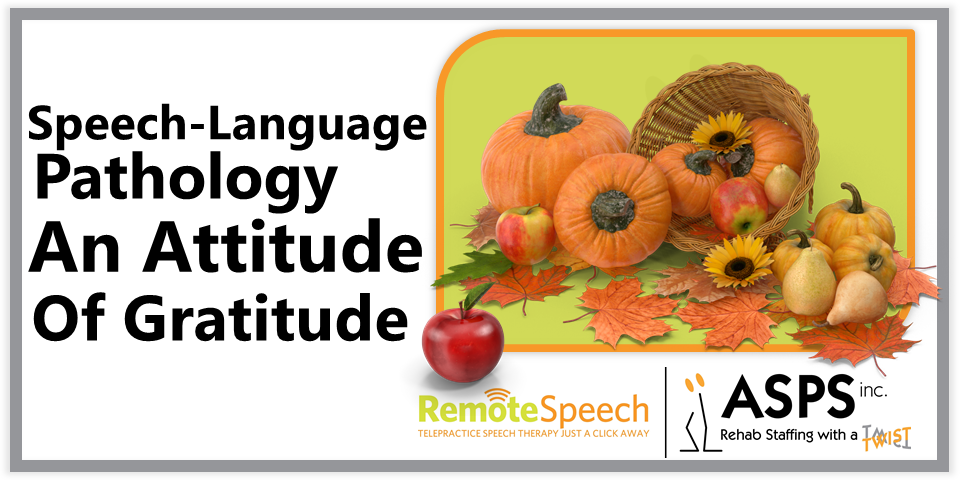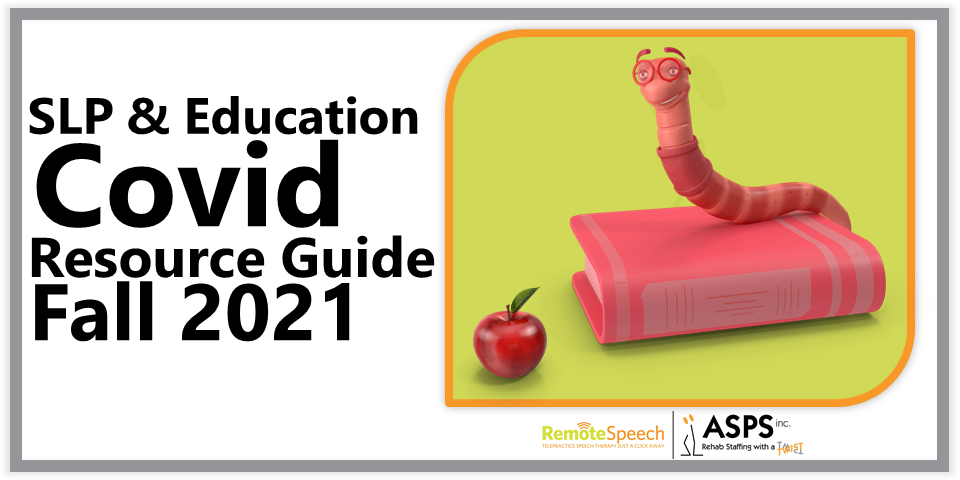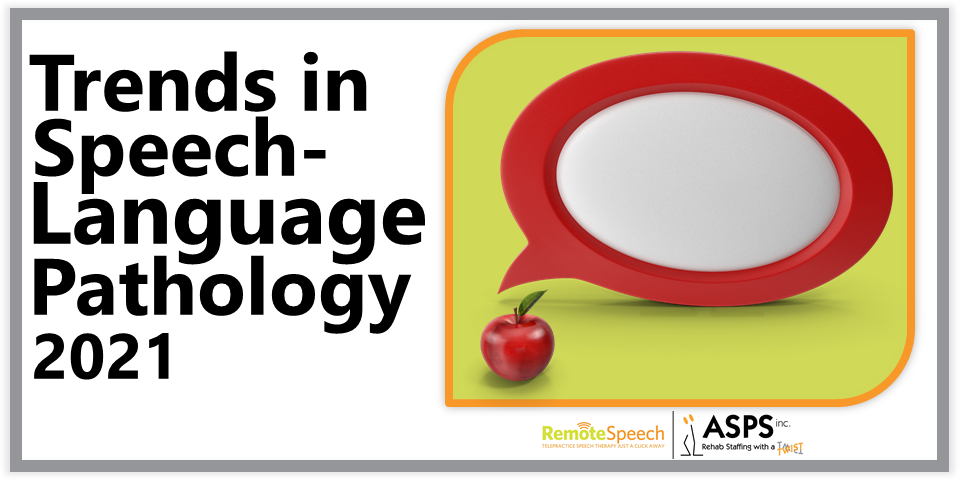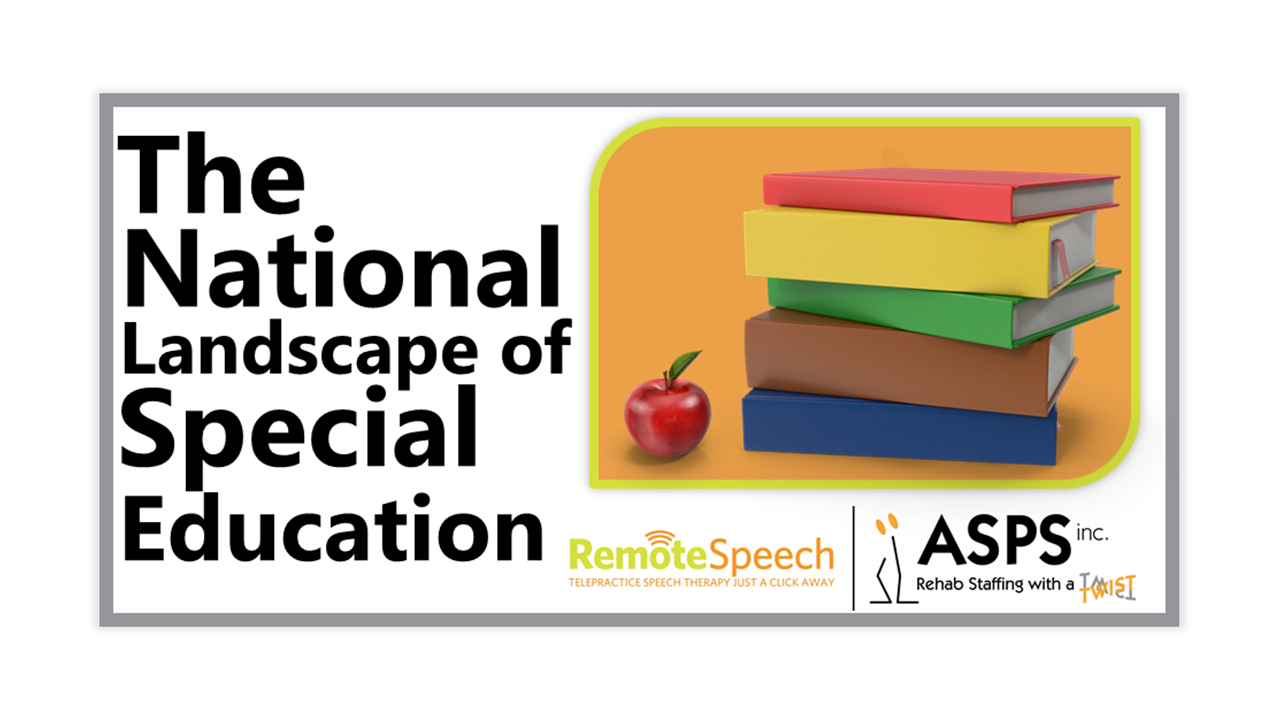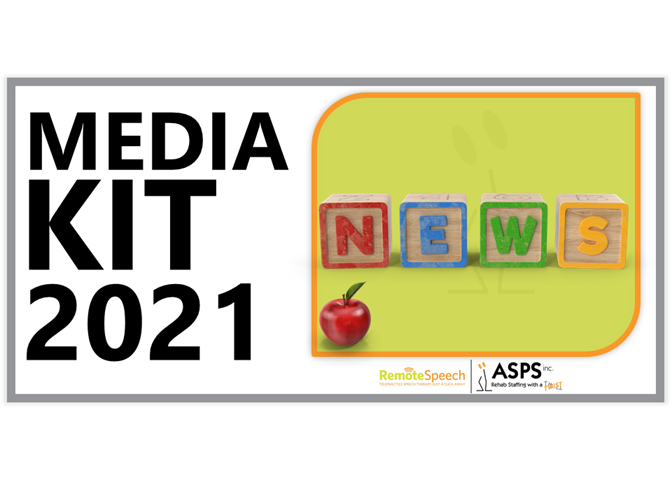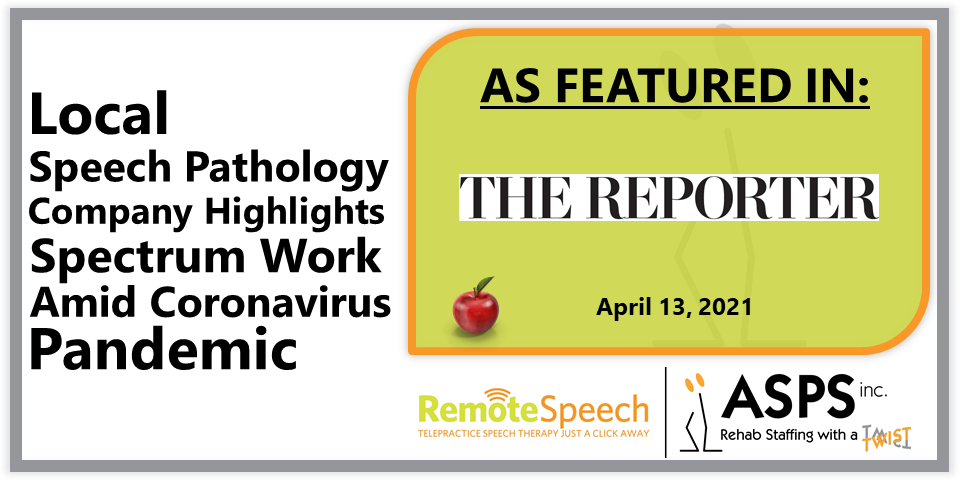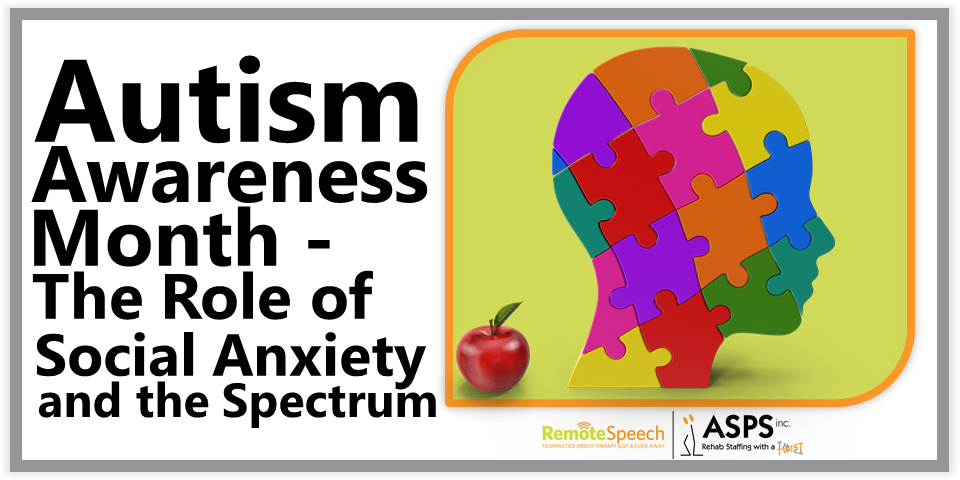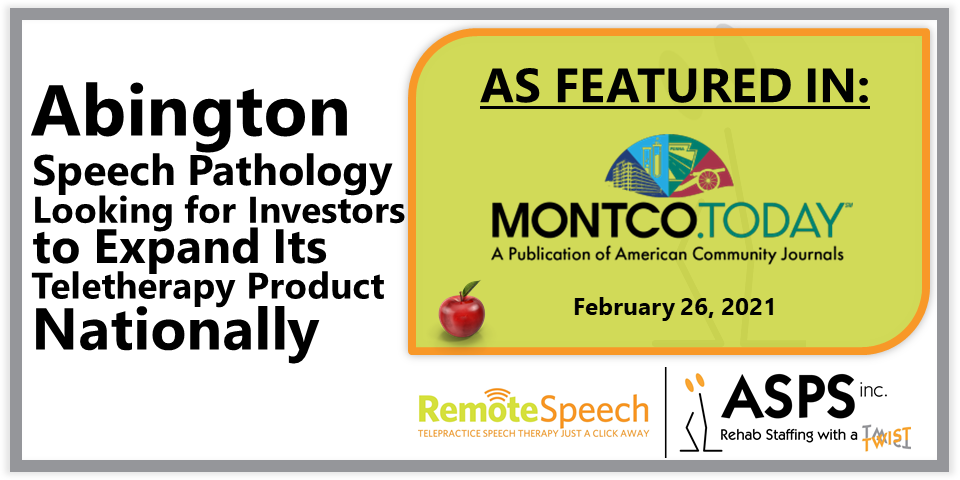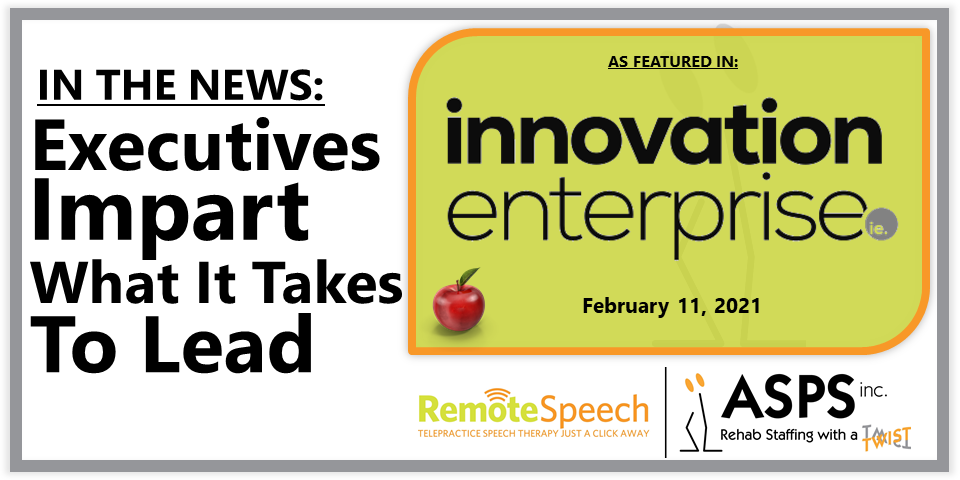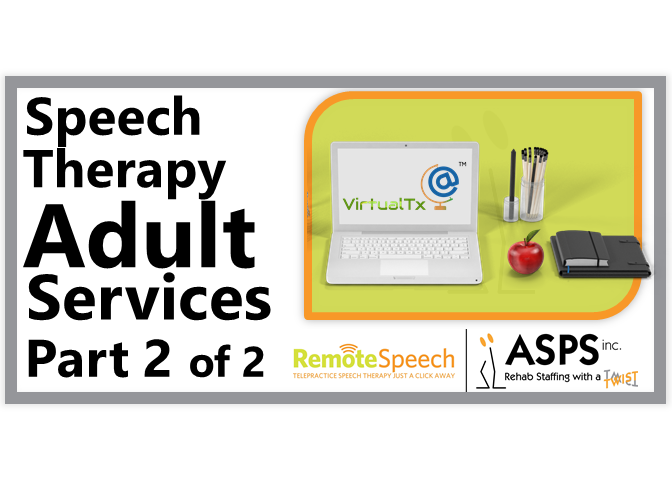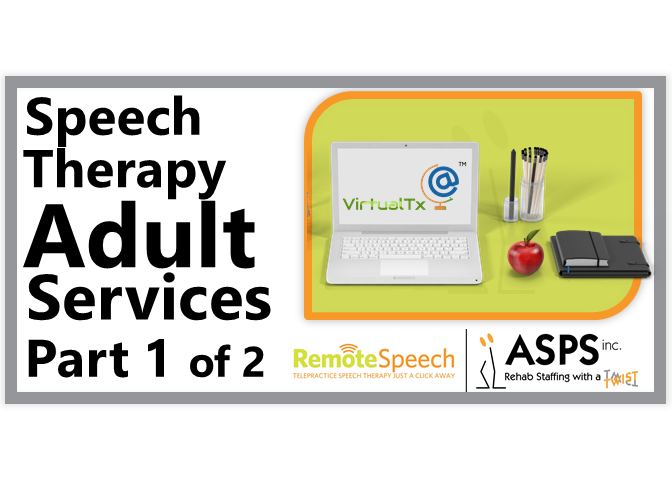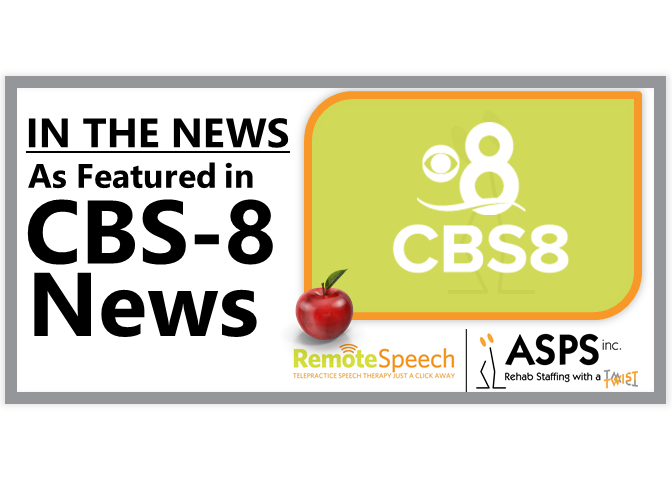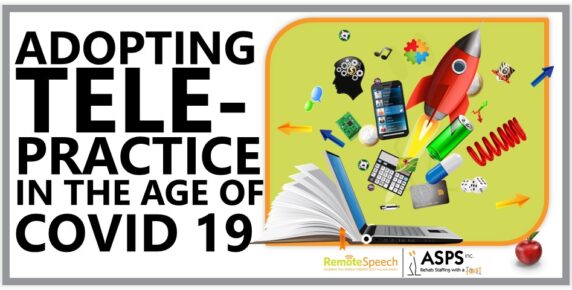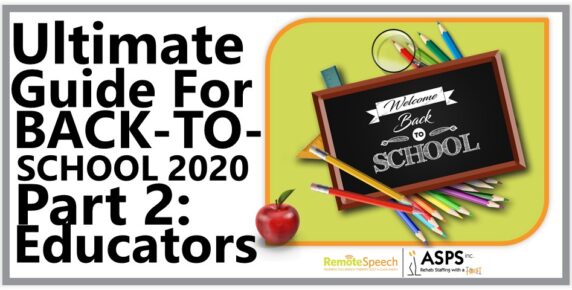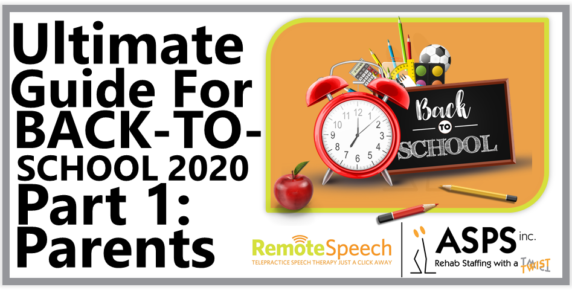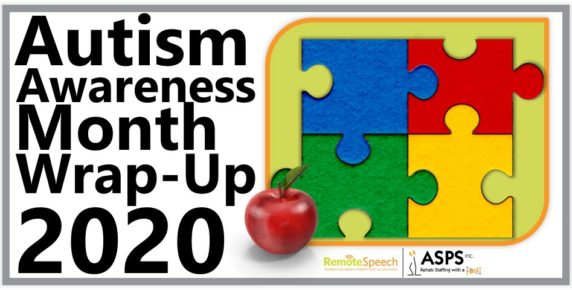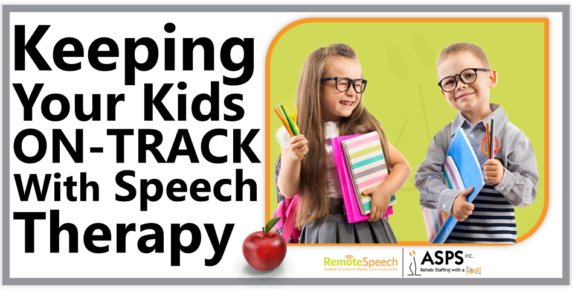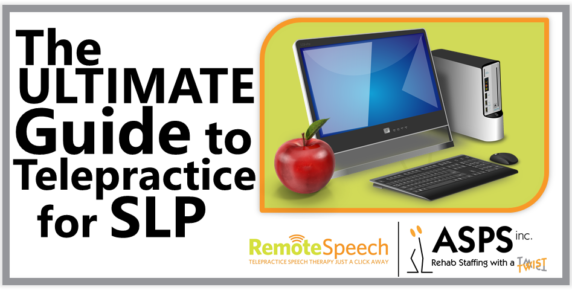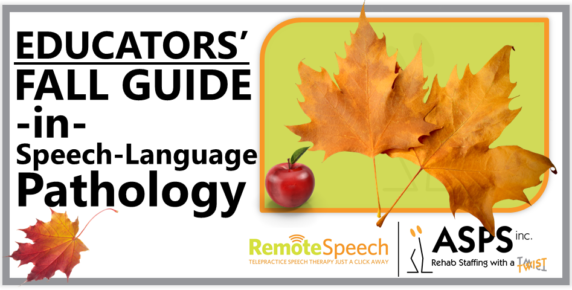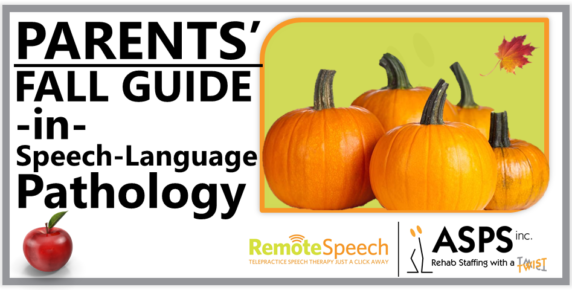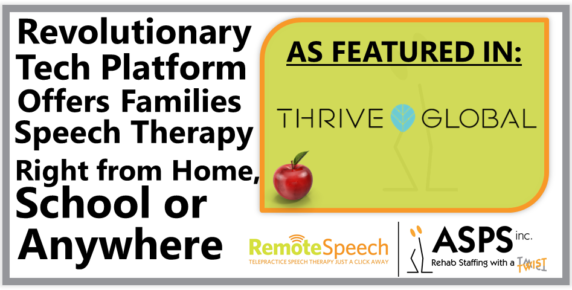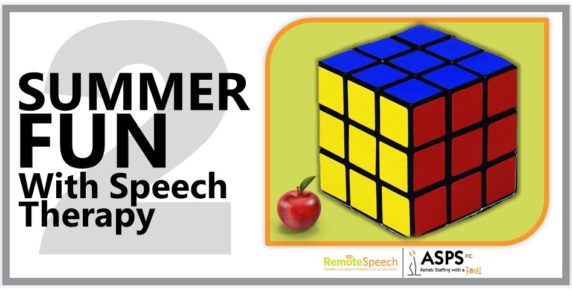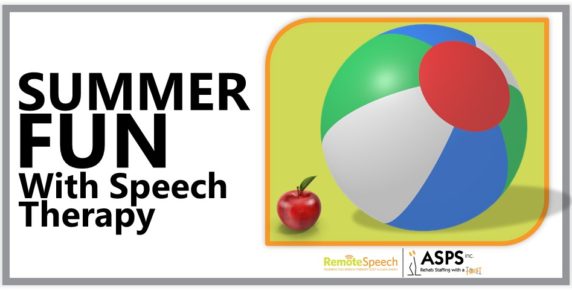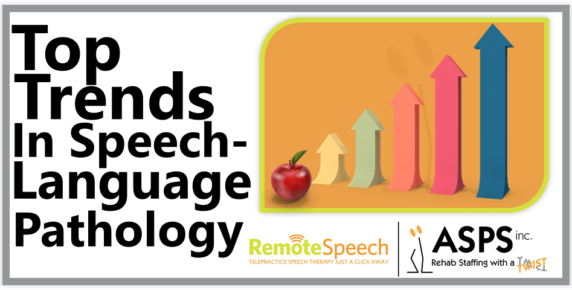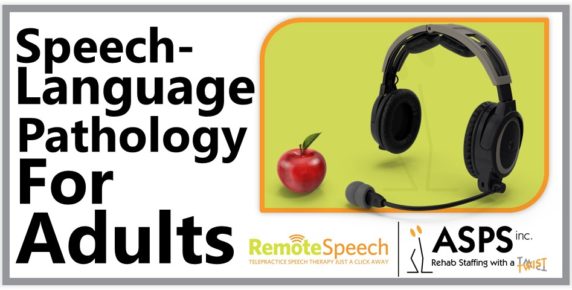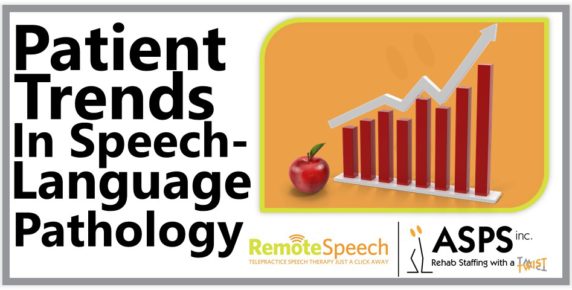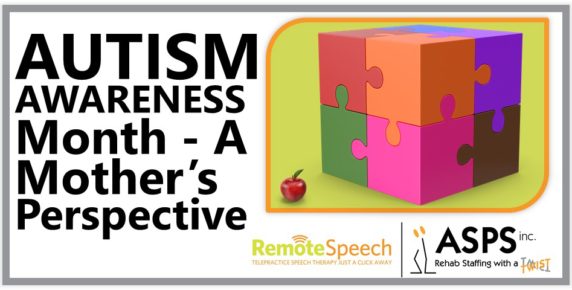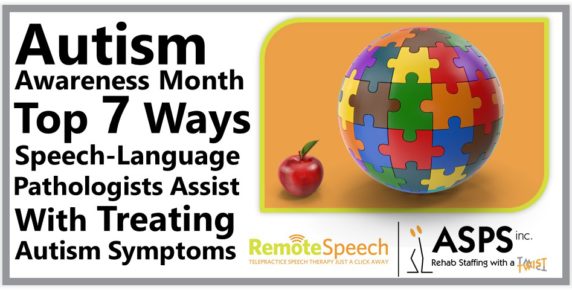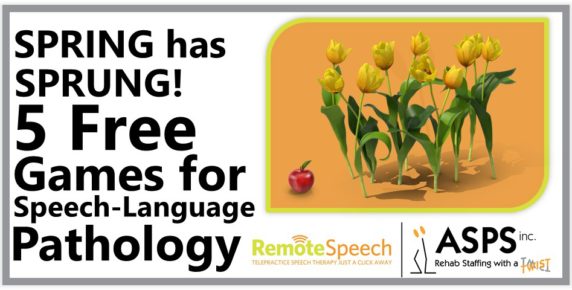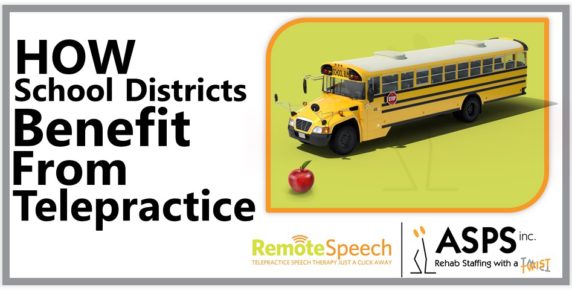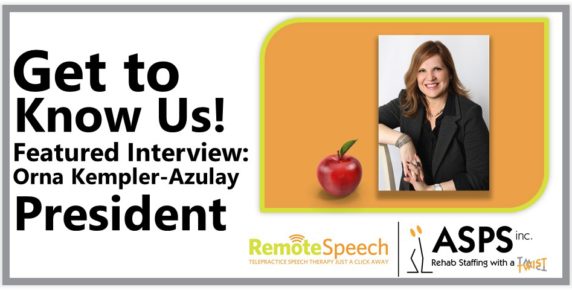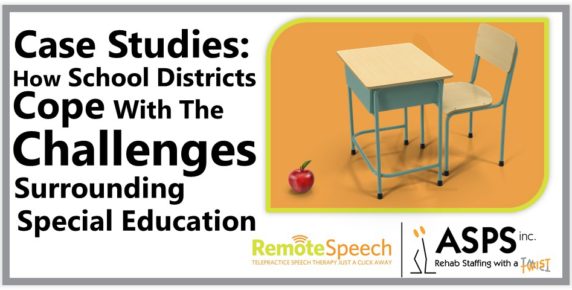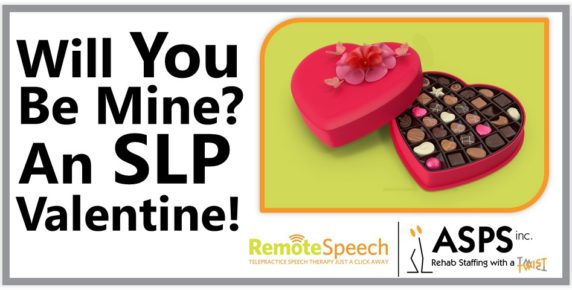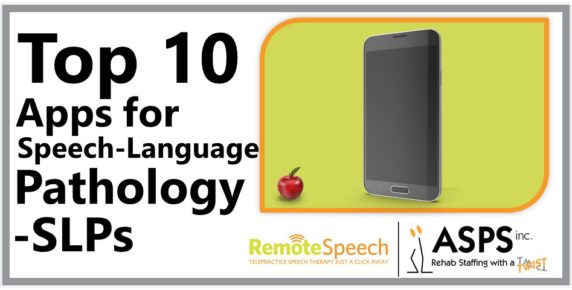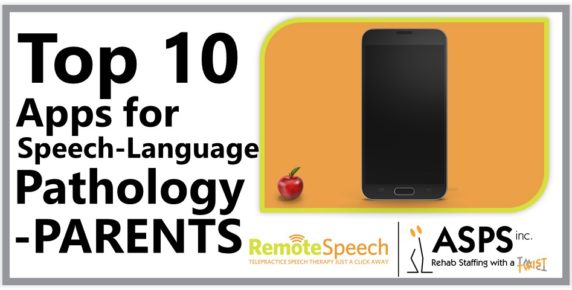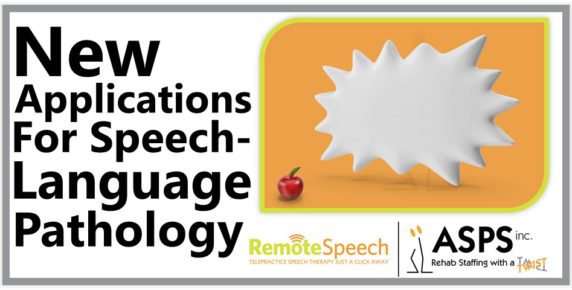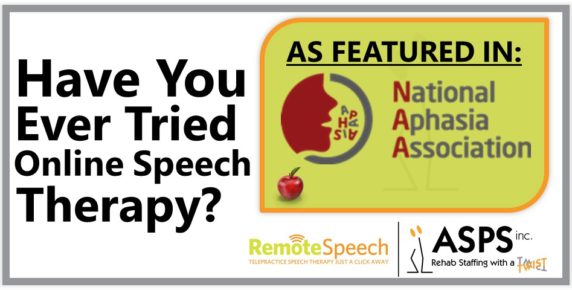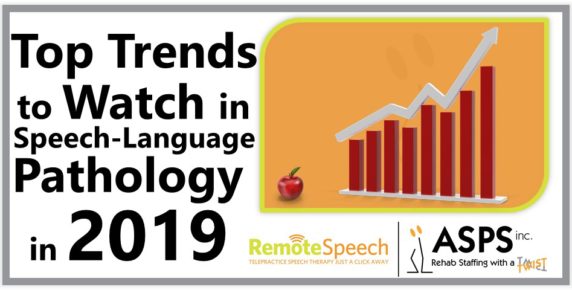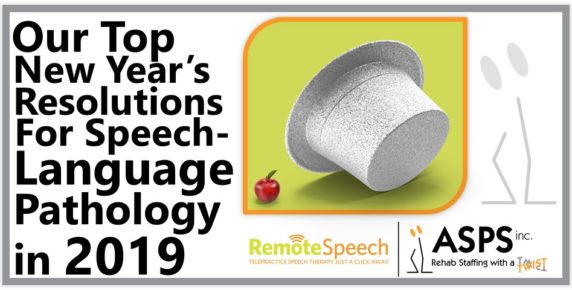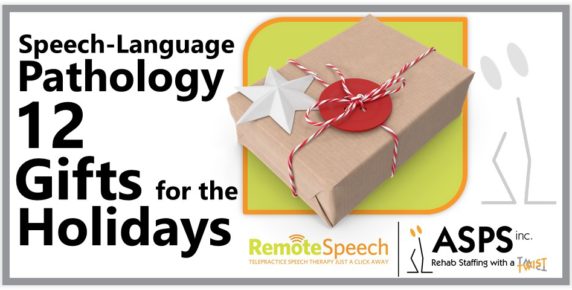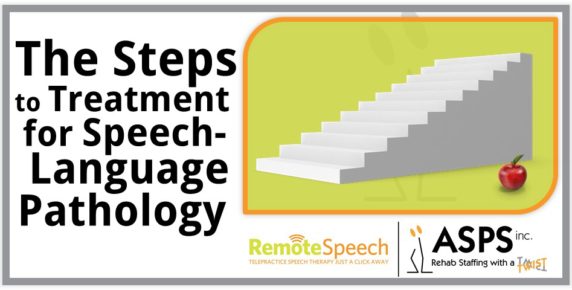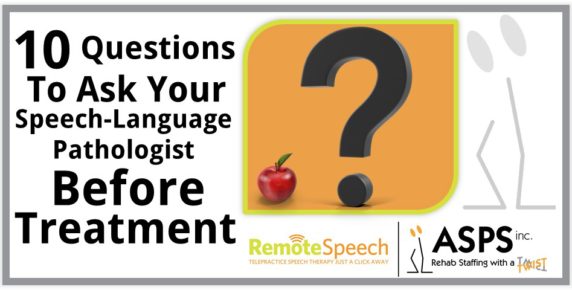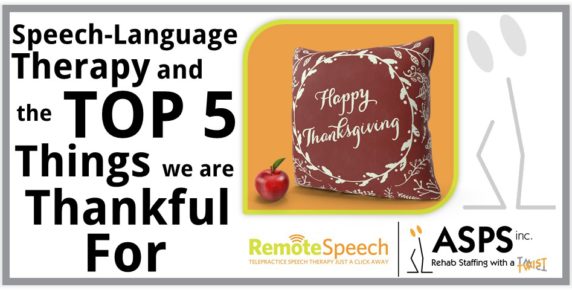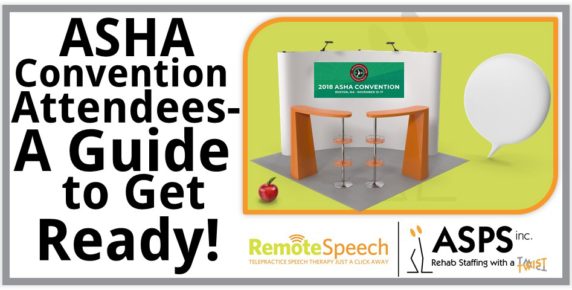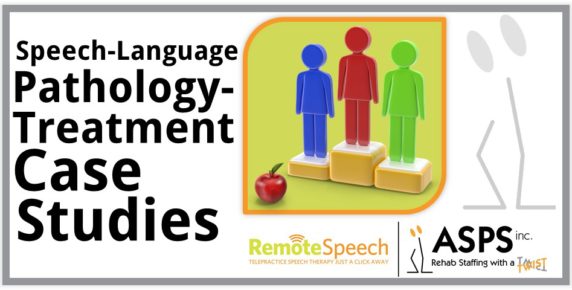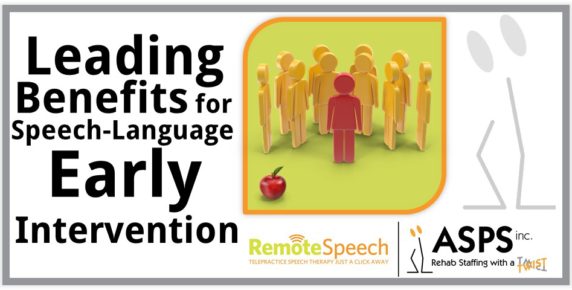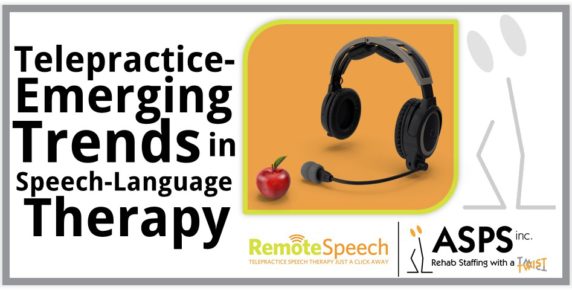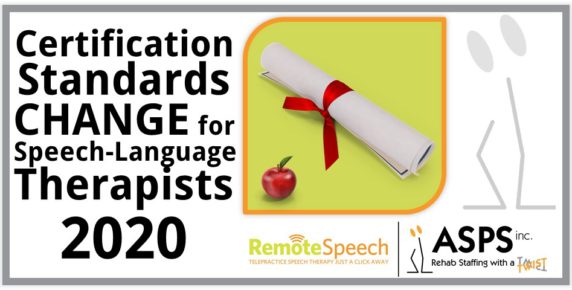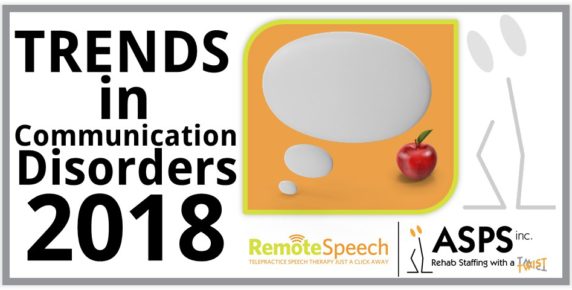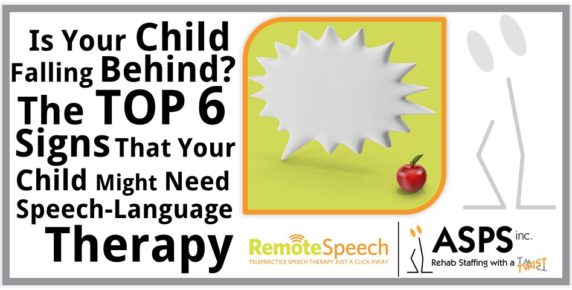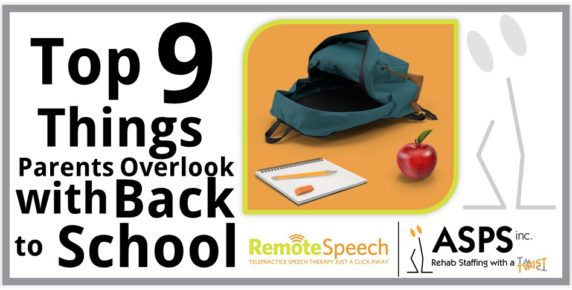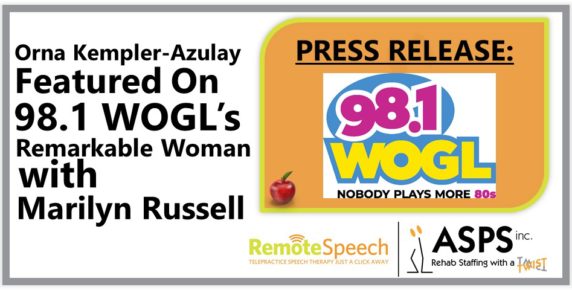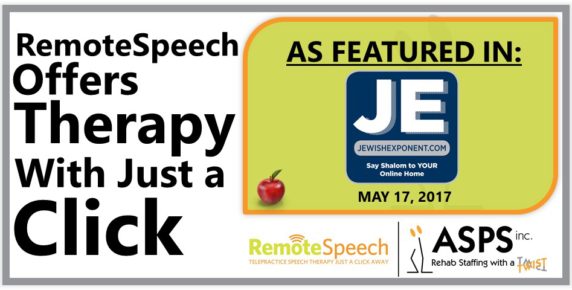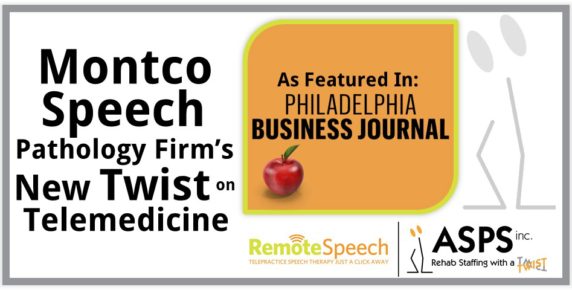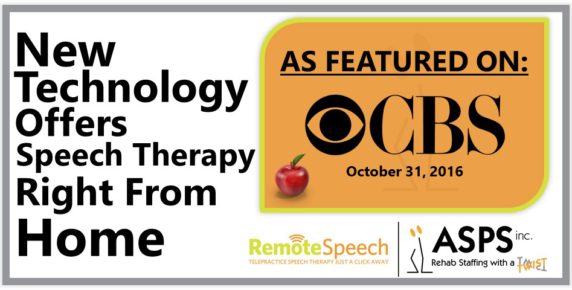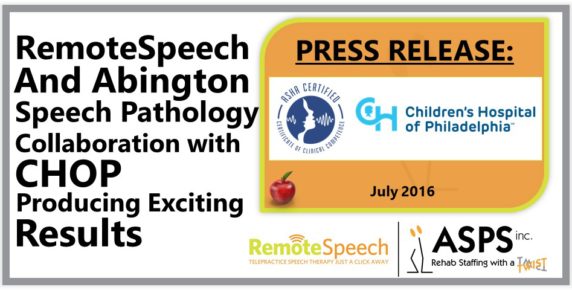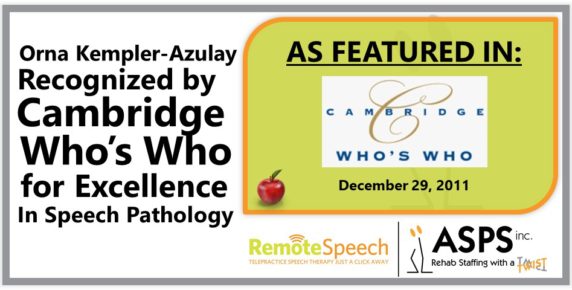It’s getting to be that time of year when the streets are filled with decorations of ghosts, ghouls, and all things scary. As riveting as the Halloween spirit is, there’s nothing scarier than letting a few old wives’ tales and poorly informed websites dictate how much you know about your child’s speech-language abilities. Here are a few spooky myths about speech-language that we can help you debunk.
1. Speech-Language Therapy is Only for Verbal Issues. FALSE.
Perhaps it is the title “speech-language therapy” that leads to one of the most pervasive misconceptions around the industry, but speech-language therapy encompasses a diverse set of challenges that encompasses all facets of communication. As noted in VeryWellHealth.com, a Speech-Language Pathologies (SLP) can help treat problems related to speech, hearing, and swallowing. More specifically an SLP can help assess and treat:
- Fluency — stuttering and cluttering
- Speech — articulation
- Language — ability and comprehension of spoken and written language
- Cognition — attention, memory, ability to solve problems
- Voice — characteristics of vocal tone
- Auditory Habilitation & Auditory Rehabilitation — recovery techniques associated with speech, hearing & language disorders
- Swallowing disorders — stroke and congenital disorders
- Other services — some therapists will specialize in other services including professional voice development, accent or dialect modification, transgender voice, business communication modification, and voice hygiene.
2. Only Kids Need Speech Therapy. FALSE.
Since speech and language is frequently associated with early development, a common misconception is that only children can benefit from speech-language therapy. Speech-language pathologists (SLPs) assist people of all ages and for diverse purposes. As The American Speech Language Association (ASHA) explains that there are diverse conditions among adults that can be treated with Speech-Language therapy. ASHA provides an overview of adult services, with the following resources:
Speech Disorders (Apraxia, Dysarthria, Stuttering and Voice)
Language Disorders (Aphasia)
Medical Conditions (Dementia, Laryngeal Cancer, Oral Cancer, Right Hemisphere Brain Injury, Traumatic Brain Injury)
Communication Options (AAC, Speech for People With Tracheostomies or Ventilators)
Elective Services (Accent Modification, Voice and Communication Therapy for Transgender Clients)
3. Using “Educational” Products, Such as DVDs or Flashcards, Stimulates Young Children’s Language Development. FALSE.
For parents, it can be tempting to purchase products marketed as “educational” for young children with the hope of “jump-starting” their development. However, research shows that these products are NOT necessarily effective in helping children learn how to communicate, especially concerning the facets of speech and language. Elaine Weitzman, Executive Director of The Hanen Centre, illustrates the negative effect these products have on young children in her article titled “Baby DVD Products: A concerning effect on infants’ language development.” In it, Weitzman observed smaller vocabularies of children who spent time watching such educational DVDs. Other popular items, such as flashcards, are just as ineffective. Roberta Golinkoff, PhD., co-author of “Einstein Never Used Flash Cards: How Our Children Really Learn and Why They Need to Play More and Memorize Less”, explains that “babies learn best through playful interactions with people who love them” and had the following advice for parents about educational products: “Save your money! Play with your child.”
4. Using “Baby Talk” with Infants Can Cause Speech-Language Delays. FALSE.
Hanen Certified Speech-Language Pathologist and Hanen Staff Member of The Hanen Centre, Lauren Lowry describes “baby talk” (also known as “motherese,” “parentese” or “infant-directed speech”) as “the very recognizable speech patterns people use when speaking to babies. Baby talk has a higher-than-normal and more varied pitch, a slower rate of speaking, simpler vocabulary, lots of repetition, an emphasis of important words, and exaggerated positive facial expression.” In her research, Lowry notes that “it has been well-established that babies prefer ‘baby talk’ as it helps them pay closer attention to speech… ” Lowry explains that baby talk: “makes it easier for babies to figure out how language works and which words are most important to the meaning of what’s being said. This helps them learn what words mean and, in time, helps them learn to say words.”
Lowry’s advice? “Don’t be afraid to use baby talk with your baby – it’s helping him tune in to you and what you are saying!”
5. Learning Two Languages at the Same Time Causes Language Delays in Young Children. FALSE.
Extensive research conducted by The American Speech-Language-Hearing Association (ASHA), has found that there is no correlation between bilingualism and speech-language disorders. In their articles titled: “Learning Two Languages” & “Acquiring English as a Second Language What’s “Normal,” What’s Not”, ASHA confirms that children learning two languages at the same time go through the same developmental patterns in both of their languages and at roughly the same time as children learning one language. A study titled “How vocabulary size in two languages relates to efficiency in spoken word recognition by young Spanish-English bilinguals” found that: “While the vocabulary of each individual language might be smaller when counted separately, the total vocabulary of bilingual children is comparable to monolingual children when both languages are taken into account.” An equally extensive study, titled “Early childhood bilingualism: Perils and possibilities” acknowledges that young children learning two languages mix words or grammar from their two languages, known as “code mixing” or “code switching.” This is very normal and does not indicate that the child is having difficulty with language learning. There may be benefits from bilingual language learning, as children who are fluent in two languages have strengths in “metalinguistic skills” (the ability to think about language), as well as in cognitive skills, such as attention.
6. Late-Talking Children, Who are Otherwise Developing Normally, Always “Catch Up” to Other Children Their Age. FALSE.
A study titled “Profiles of Toddlers With Slow Expressive Language Development” indicates that approximately 40-50% of children who are late to talk (who have typical skills in other areas) do not catch up on their own. Late talkers who use few or no gestures seem to be at greater risk for a language delay that does not resolve itself. Even when late talkers appear to be catching up to other children their age, they are still at greater risk for facing difficulties with reading. If you are concerned about your toddler’s language development, don’t listen to people who tell you to “wait and see.” Consult a speech-language pathologist immediately. The earlier a child receives help, the easier it is for the child to catch up, and the better the prognosis.
If you believe that your child would benefit from a formal screening from licensed, speech and language pathologist, click here to schedule a complimentary assessment by one of our licensed partners.

